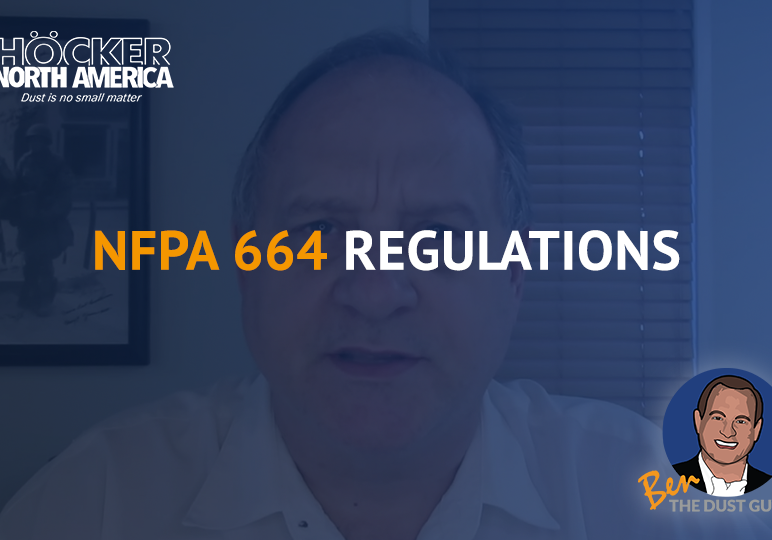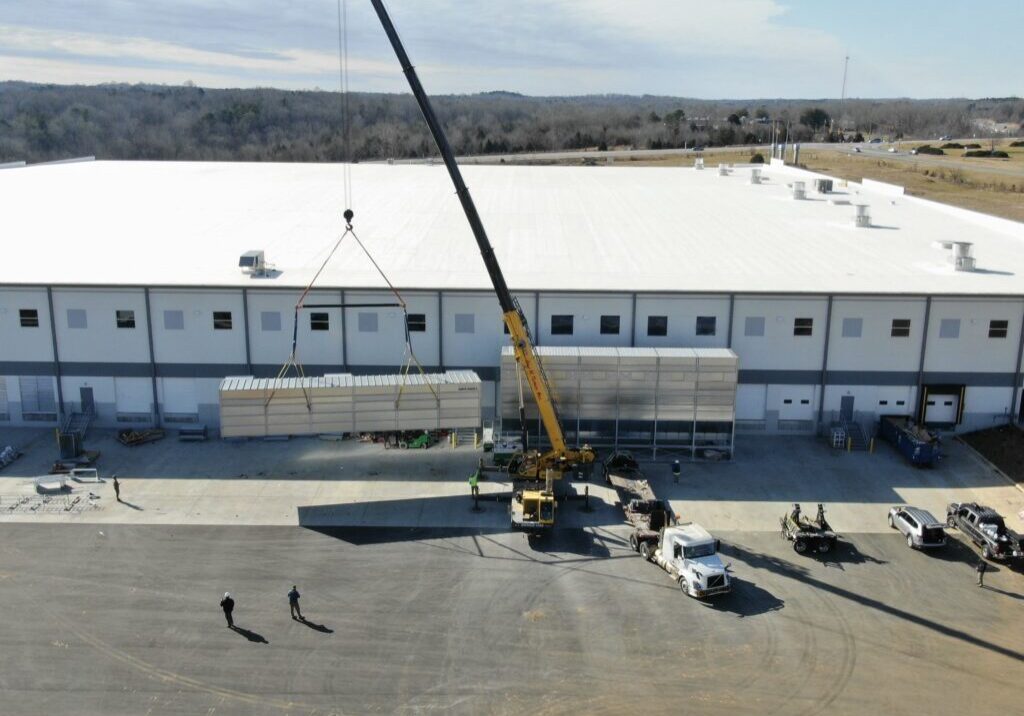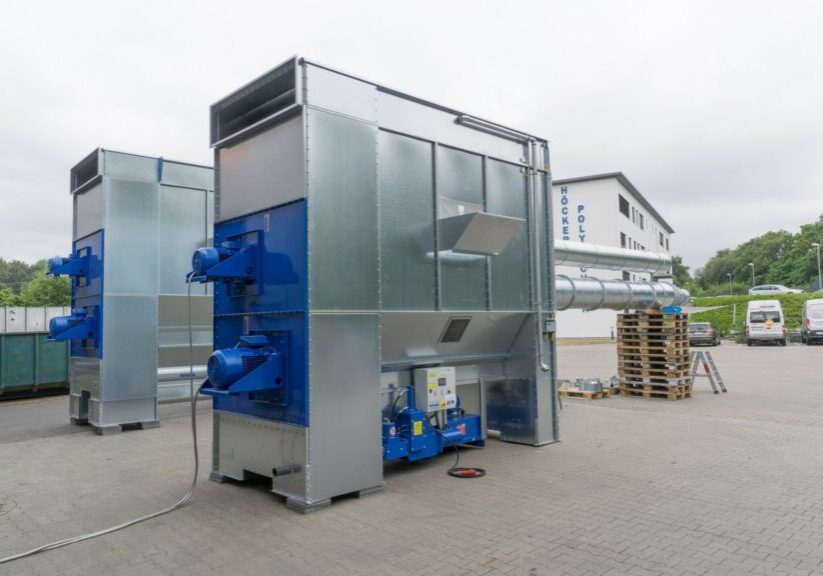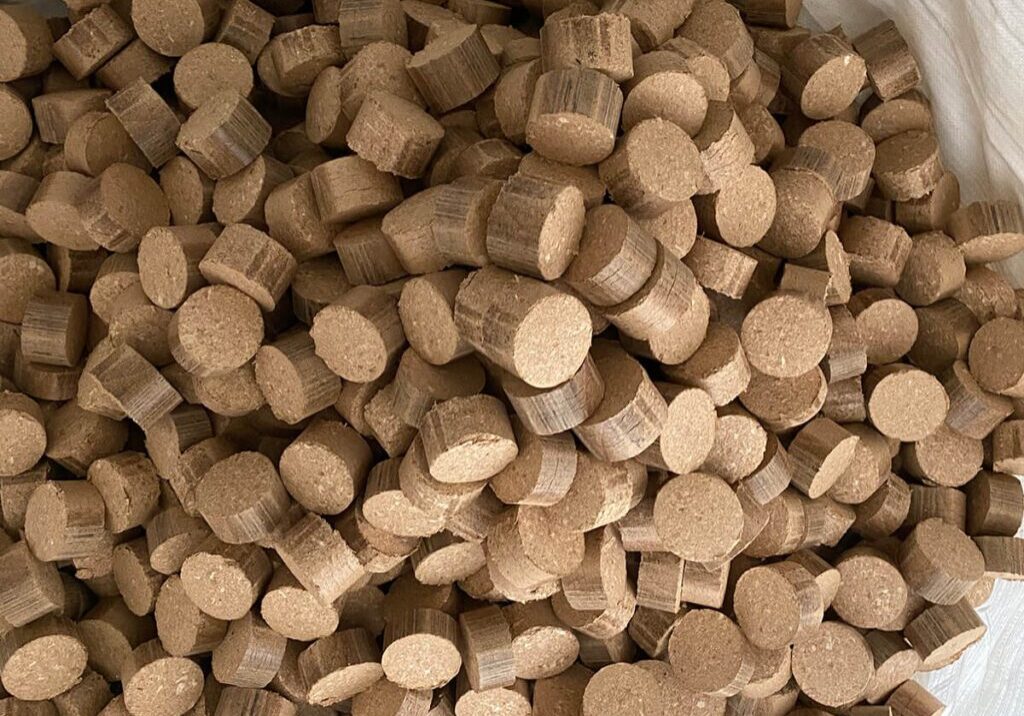As woodworking professionals, managing wood dust isn’t just about housekeeping — it’s about safety and staying compliant. While many of us are familiar with the long-established NFPA 664 standard for woodworking facilities, the NFPA 652 standard on combustible dust introduced key requirements that remain crucial today.
First introduced in 2019, these standards remain as critical as ever. With the recommendation to update your Dust Hazard Analysis (DHA) every five years, it’s always a good time to review your shop’s compliance and ensure you’re staying aligned with safety best practices.
Understanding NFPA 652 and Combustible Dust
The NFPA 652 standard addresses the dangers posed by combustible dust and requires woodworking professionals to perform a Dust Hazard Analysis (DHA). This analysis is crucial for identifying fire hazards caused by wood dust buildup in your facility.
NFPA defines combustible dust as “a particulate solid that presents a fire or deflagration hazard when suspended in air.” When fine dust particles are airborne, they pose a real risk. This is why NFPA mandates a DHA to identify these hazards and ensure proper safety measures are in place.
Key takeaways from NFPA 652:
- Facility owners are responsible for conducting a DHA.
- DHAs must be updated every five years to reflect changes in processes or dust collection systems.
- A DHA must be conducted or overseen by a qualified person.
- Hazard identification must be conducted to determine if dust poses a fire risk.
By following these steps, you can protect your facility from potentially catastrophic dust explosions while meeting NFPA standards.
How to Ensure Your Shop Is Compliant
Managing wood dust requires more than routine cleaning — it involves proactive safety measures. Here’s how to ensure your shop complies with the NFPA 652 standard:
- Perform a Dust Hazard Analysis (DHA) – Every process in your facility, including dust collection, must be evaluated. A DHA helps identify combustible dust risks and ensure mitigation measures are in place. If you need help, there are resources available, including How to perform a DHA written by our founder, Ben Dipzinski.
- Check Your Dust Collection System – Ensure your dust collection system is robust and designed to handle fine wood dust. Regular inspections of airflow, spark detection, and system efficiency are essential to keeping your shop safe and compliant.
- Stay on Top of Housekeeping – Dust accumulating on elevated surfaces, machinery, or ductwork is dangerous. Implement a rigorous cleaning schedule and avoid using compressed air to clean, as this can create airborne dust, increasing explosion risks.
- Monitor and Maintain Your System – A one-time fix isn’t enough — regular monitoring and maintenance of your dust collection system are crucial for ongoing safety. This includes revisiting your DHA every five years to adjust for any operational changes.
Why Regular Reviews Are Essential
Ongoing vigilance is essential when it comes to combustible dust safety. In woodworking facilities, where dust, heat, and machinery intersect, the risk of explosions is always present. Regularly reviewing your compliance with NFPA 652 helps protect your business, employees, and equipment from these potential hazards.
Stay Informed and Stay Safe
For more detailed information on NFPA standards, you can reference:
- NFPA 652: Standard on the Fundamentals of Combustible Dust, 2019 Edition
- NFPA 664: Standard for the Prevention of Fires and Explosions in Wood Processing and Woodworking Facilities, 2020 Edition
For a deeper dive into wood dust safety and compliance, read Ben’s full article for Woodworking Network: Are You Ready for New Wood Dust Requirements?








